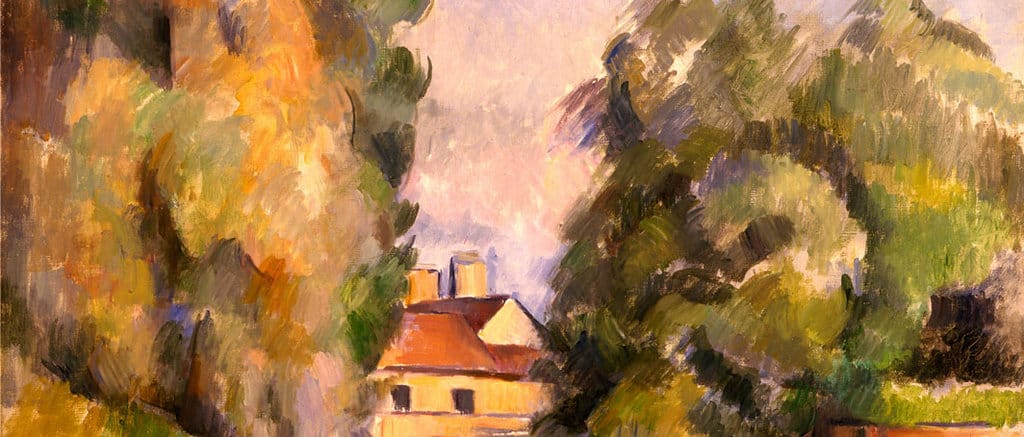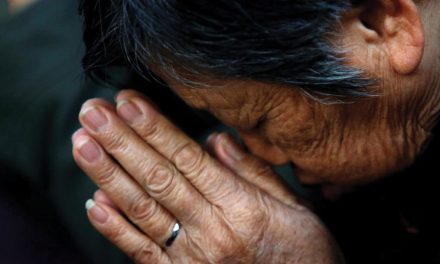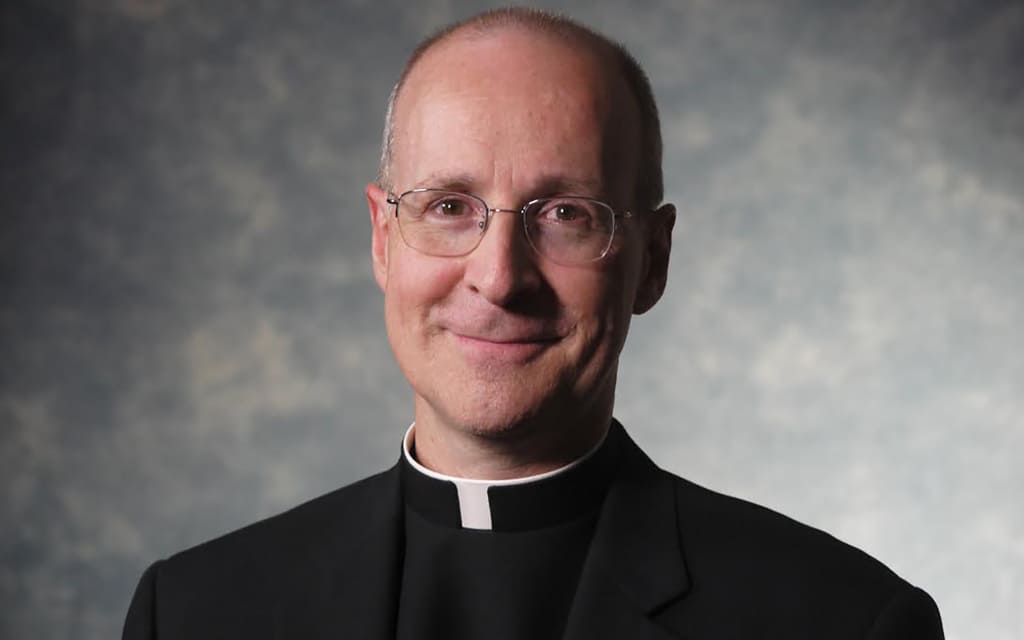Many people will remember Sister Wendy Beckett, a contemplative nun and art historian, from her surprising run on television. A hermit living on the grounds of a Carmelite monastery in England, she was discovered by the BBC in the 1990s and given her own program, Sister Wendy’s Odyssey, to roam around art galleries and comment on what she saw. Sister Wendy considered the chance to talk about art as an opportunity “to talk about God to people who weren’t comfortable with that word.” For Sister Wendy, all beauty pointed to the source of beauty.
But when that period of her public life ended, she happily returned to her hermitage and the life of seclusion to which she was committed by vocation and suited by temperament. She always resisted invitations to discuss her inner life. That changed in her last years through a correspondence we shared, which both surprised us and changed our lives indelibly.
I had published several of Sister Wendy’s books at Orbis and we had exchanged dozens of notes — in Sr. Wendy’s case, written in her inscrutable handwriting. But thanks to another nun, who took her dictation, Sister Wendy opened herself in her last three years to a deep and intimate series of emails exchanged on almost a daily basis until her death in 2018. Dearest Sister Wendy: A Surprising Story of Faith and Friendship is the fruit of that writing.
Our correspondence was at first sparked by Sister Wendy’s fascination with the Orbis Modern Spiritual Masters Series. She avidly consumed volumes as fast as I could send them: Thomas Merton, Etty Hillesum, Vincent Van Gogh, Karl Rahner, St. Therese of Lisieux. In each case she replied with her usual sharp and incredibly astute assessments, remarking on their strengths, their weaknesses and their overriding message. Sister Wendy’s personal favorite was Julian of Norwich, the 14th century anchoress and mystic who lived in solitude not so different (or so distant) from her own hermitage.
If at first our exchanges focused on saints and the question of holiness, they gradually opened up to encompass all of our lives, considered in light of God’s providence and care. For Sister Wendy this kind of self-revelation was completely unprecedented. At one point she observed that perhaps our correspondence was meant for a wider audience, as we shared our dreams and considered the meaning of love, joy, suffering, and the presence of grace in everyday life.
Sister Wendy had always kept people at a distance. But in the course of our correspondence, as she was gradually approaching her own death, she was still growing, reassessing old assumptions, learning, as the poet William Blake put it, to “bear the beams of love.” I was eventually invited to lead a retreat at the Quidenham Carmelite monastery where she lived, and so we met at last.
Through this book, I am glad many others will have the opportunity to meet my friend — a true spiritual guide, a modern mystic, a singular lover of God — and learn through her wisdom, as I did, how to read their own lives as a spiritual text in the making.
![]()





